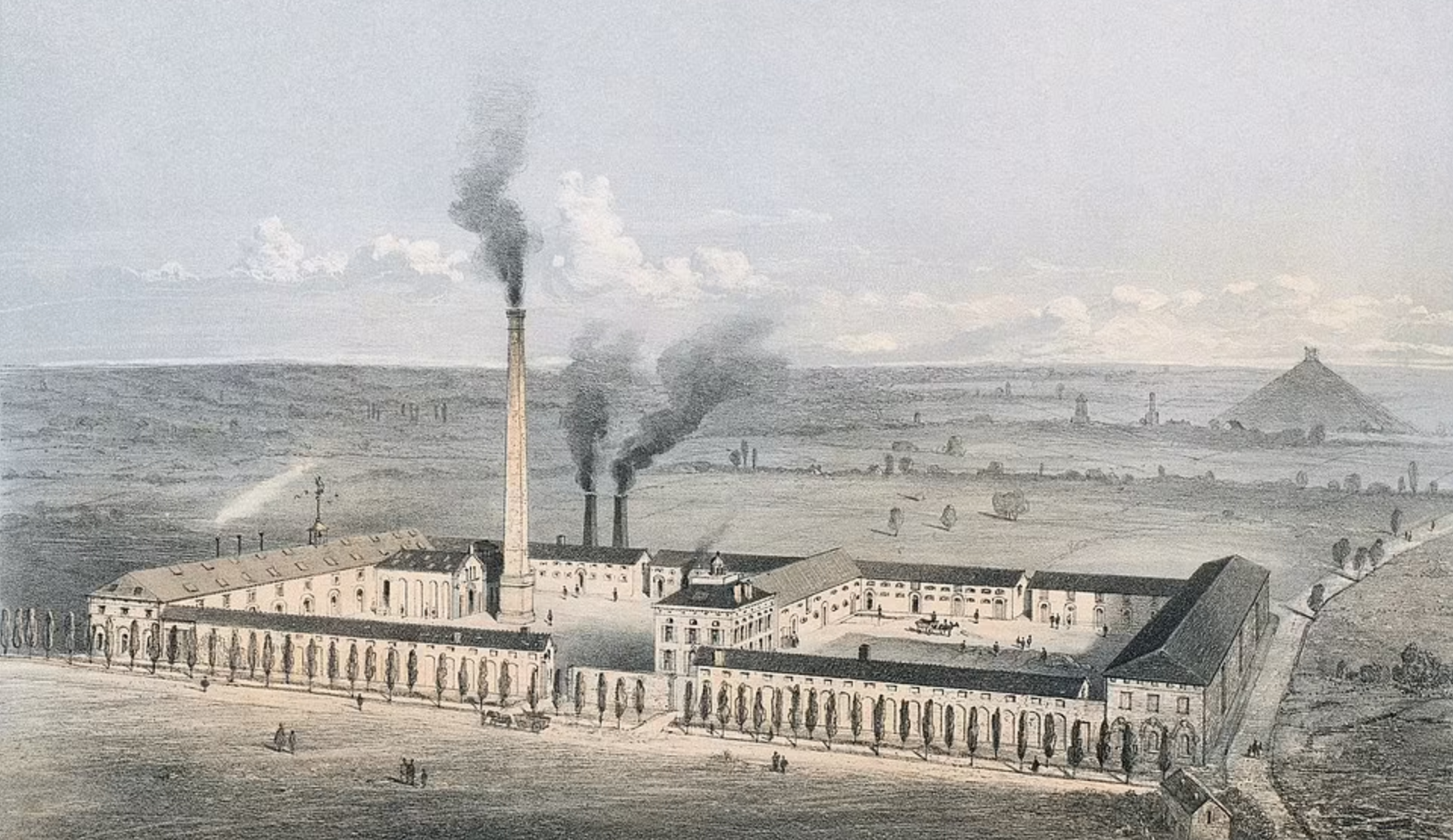
What happened to the bones of Waterloo?
One of the most dehumanising practices of the Nazis at Auschwitz and other extermination camps was recycling the bodies of murdered victims. Often their bones were crushed and used for fertiliser.
There were precedents for the industrial commodification of the human body. Three academics from the UK, Belgium, and Germany have made a strong case that the bones of men and horses from the Battle of Waterloo in 1815 were dug up, crushed, burnt, and used to refine beet sugar.
The curious thing about the history of the Battle of Waterloo is that archaeologists have discovered only two human skeletons at the battlefield even though tens of thousands of men and 7000 horses died. Contemporary accounts describe mass burials and cremations. What happened to the corpses?
Bernard Wilkin, Robin Schäfer, and Tony Pollard argue in the Journal of Conflict Archaeology that the bones were dug up after 1834 and sold to a nearby refinery which was making sugar from beets. A 19th century engraving shows a large factory with an Auschwitz-like smoke stack which was only three miles away from the battlefield.
There are few records, but many tantalising clues. A German newspaper advised readers in 1879: “Seen in the light of day, sweetening food with honey seems much more poetic than with sugar, for the clarification of which, as everyone knows, bone is used. With honey, you don’t risk having your great-grandfather’s atoms dissolved in your coffee one fine morning, which is possible with sugar, after all.’”
An 1835 article from French newspaper L’Independent recorded that industrialists were permitted to “excavate the battlefield of Waterloo, in order to remove the bones of the dead, which are piled up there in such large numbers, and to make bone char.”
Bones from the battlefield were also exported to Britain to be crushed and spread on fields as fertiliser. A report from 1822 says:
It is estimated that more than a million bushels of “human and inhuman bones” were imported from the continent of Europe into the port of Hull. The neighbourhood of Leipsic, Austerlitz, Waterloo, etc, where the principal battles were for some 15 or 20 years before, were swept alike of the bones of the hero and the horse which he rode. Thus collected from every quarter, they were shipped to Hull, and thence forwarded to the Yorkshire bone grinders, who, by steam-engines and powerful machinery, reduce them to a granulary state. In this condition they were sent chiefly to Doncaster, one of the largest agricultural markets of the country, and were there sold to the farmers to manure their lands. The only substance gradually evolving as the bone calcines, makes of all substantial manure than almost any other substance better manure than almost any other substance – particularly human bones
